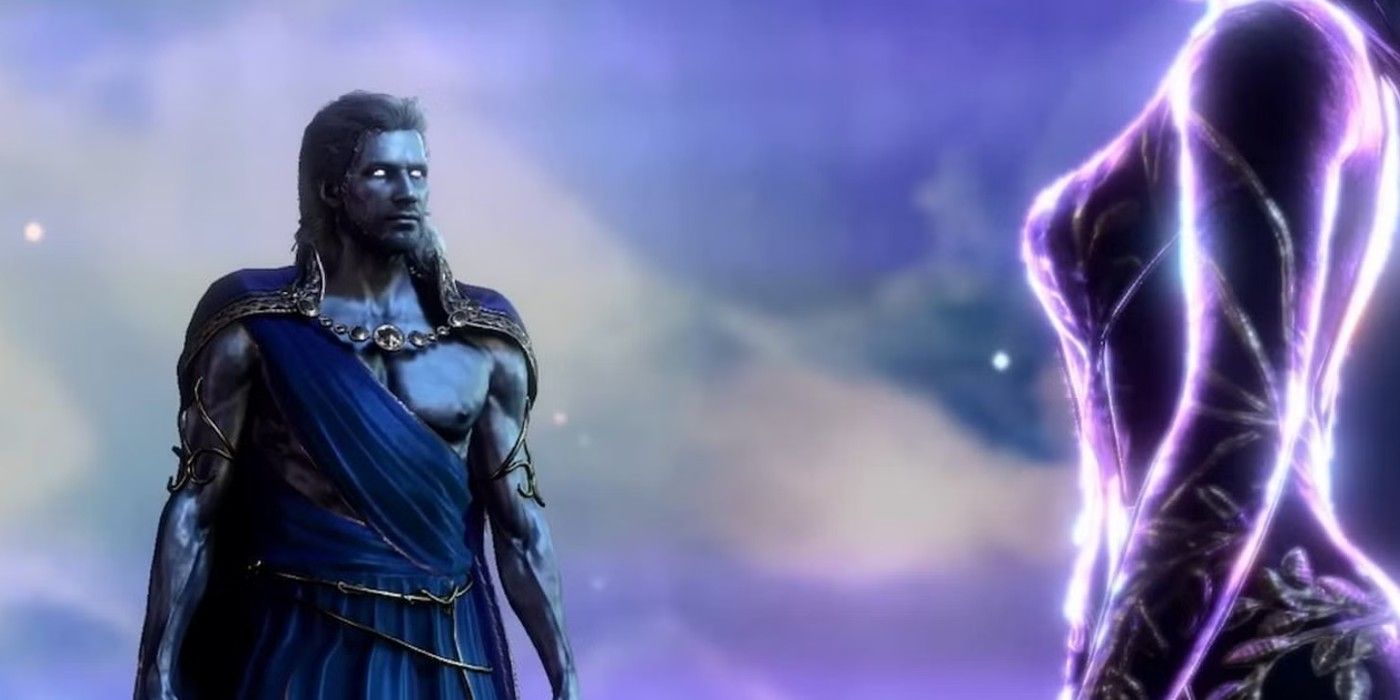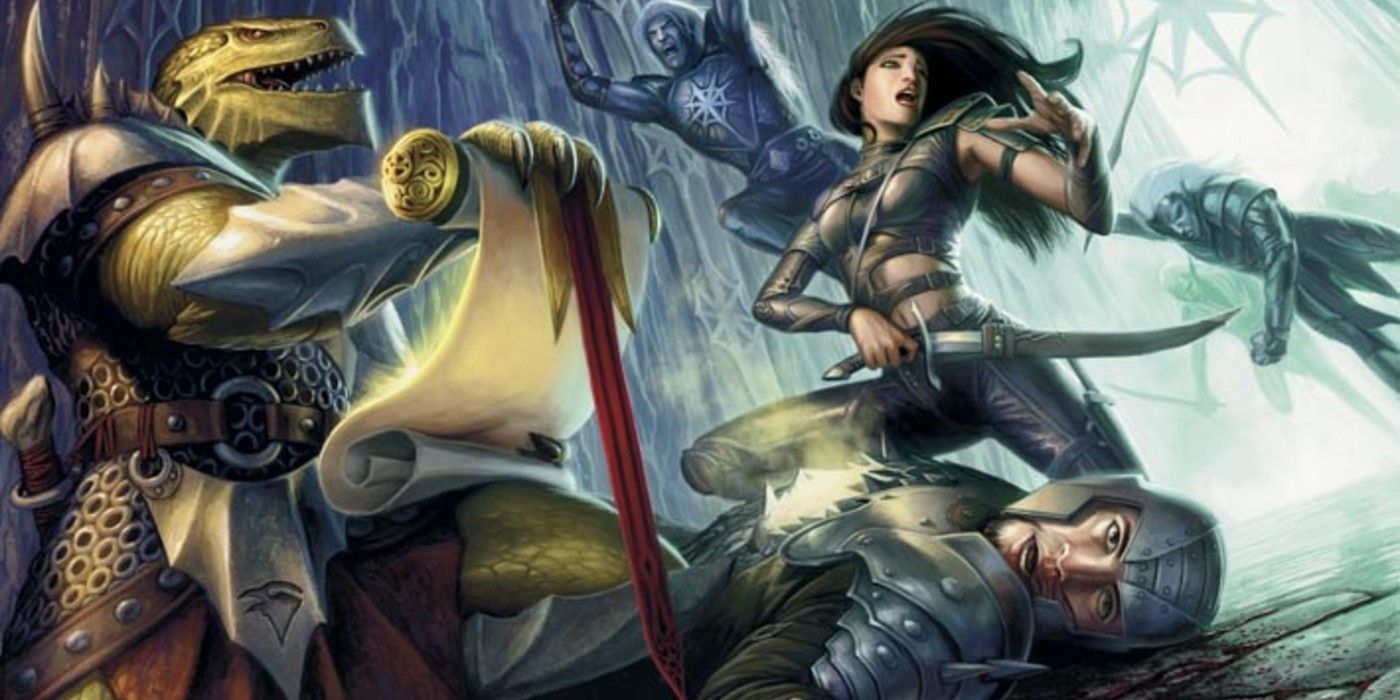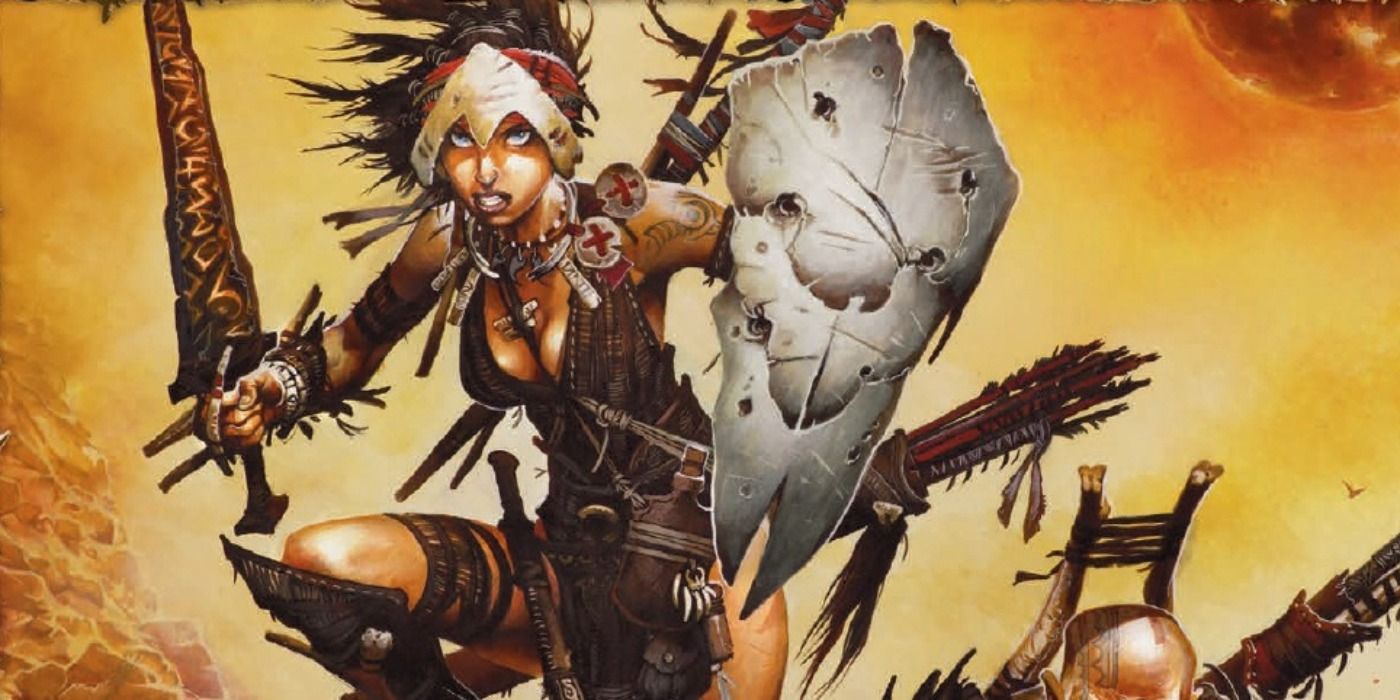Summary
-
Baldur’s Gate 3
does not teach players how to play
DnD
and may make it harder to transition to the tabletop game. - The backstories of
Baldur’s Gate 3
characters are complex and may not be appropriate for low-level characters in a tabletop campaign. - Players should focus on creating characters with interesting personalities and behaviors rather than relying on complex backstories to make them interesting.
Though Baldur’s Gate 3 is a fantastic video game that uses the Dungeons & Dragons 5e tabletop RPG system, it does not actually teach how to play DnD and may actually make it harder to adapt to the pen-and-paper game. The original Baldur’s Gate and Baldur’s Gate 2 used the 2e DnD rules, which were arguably the most needlessly complex of any DnD system ever produced. These games aided some players in understanding 2e DnD mechanics, along with general concepts for character backgrounds and roleplaying, but Baldur’s Gate 3 does not fare as well as a springboard towards tabletop gaming.
The world-building from
Baldur’s Gate 3
can transition well to tabletop
Dungeons & Dragons
.
Baldur’s Gate: Descent Into Avernus
is an official adventure module that extends from level 1 to 13, and offers an ideal entry point for new players or Dungeon Masters coming off of
Baldur’s Gate 3
.
While Baldur’s Gate 3 players who have never played DnD will at least walk away from the game with a broad familiarity with the system, like the difference between an Action and a Bonus Action, they will still need to read the current Player’s Handbook rules before diving into the tabletop game. There are many ways Baldur’s Gate 3 breaks DnD’s rules, such as the absence of Attunement and being able to cast multiple spells per turn. Players will need to adjust to changes, like how a Strength-based Monk and Rogue multiclass with the Tavern Brawler feat is terrible in tabletopDnD.
How Baldur’s Gate 3 Can Raise The Level Cap Without Breaking The Game
Larian stated that Baldur’s Gate 3 has a level 12 limit due to the challenges of balancing high level spells. D&D’s rules provide an easy workaround.
Dungeons & Dragons Characters Typically Have Humble Origins
A Dungeon Master can easily educate players on the changes Larian made to DnD’s rules in Baldur’s Gate 3, but the character archetypes presented may be even more detrimental to a tabletop campaign. While the majority of the allies recruitable in Baldur’s Gate 1 and 2 could have fit the mold for appropriate DnD player characters, the backstories of most Baldur’s Gate 3 allies would require DM approval. These characters have convoluted and complex histories, most of which are inappropriate for characters starting at level 1. Examples include Baldur’s Gate 3’s Wyll and Karlach, both of which have gained the attention of powerful Devils.
Warlocks have been a core class since 4e DnD, but Wyll’s handling suggests major Devils involve themselves in the personal affairs of every low-level Infernal Pact Warlock. Karlach has a unique Infernal Engine in place of her heart. These backstories make Baldur’s Gate 3 characters unlike other adventurers in Forgotten Realms, or any other DnD setting. Shadowheart is not just a cleric of a dark goddess but one whose memories were tampered with, entrusted with a mission from Shar herself. A Dungeons & Dragons character avoiding clichés is fine, but some backstories could overshadow the campaign.
A DM running a
D&D
campaign in a homebrew world may be more open to outlandish character backstories since an original setting is more flexible with player-generated narrative elements.
If a DM is running a game from levels 16 to 20, it is appropriate for characters to have a history that involves the fates of kingdoms and deities, but low-level characters are still establishing themselves in the world. Surprisingly, the Githyanki Fighter Lae’zel might be the best example of a character who is appropriate for a tabletop campaign. Like most characters in the original Baldur’s Gate, Lae’zel’s background is defined by the culture and ideals she was raised in, embodying militant zealotry for Githyanki causes. She initially aspires to be an exemplary Githyanki warrior, but undergoes a dramatic arc.
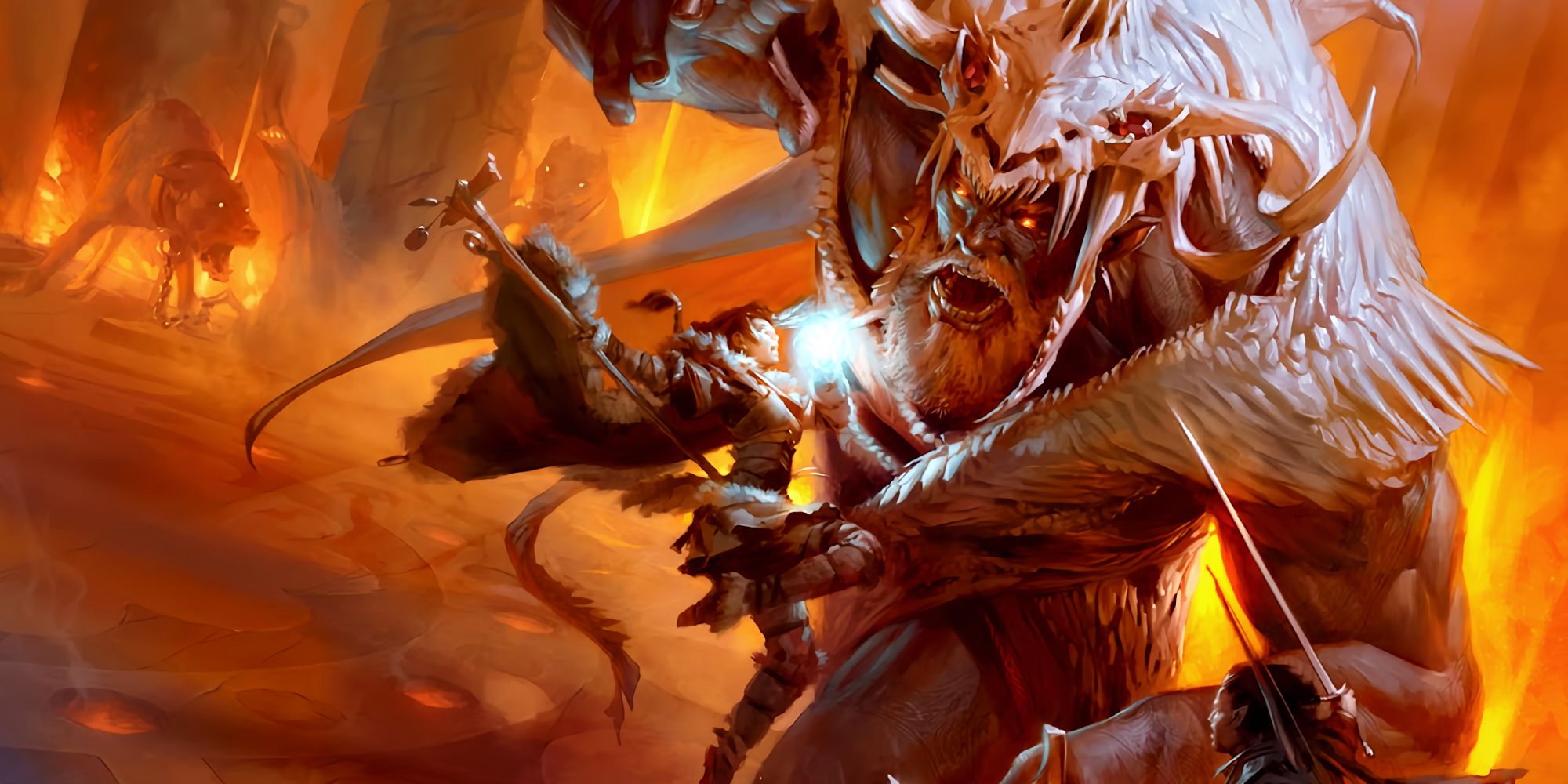
Everything We Know About D&D’s New Player’s Handbook In 2024
An updated version of the Dungeons & Dragons 5e Player’s Handbook is due out in 2024, and there are a lot of changes heading to the 50-year-old RPG.
The Most Epic Stories Should Happen During D&D Campaigns
There are several DnD mechanics missing from BG3, but it is also missing any examples of appropriate characters. Some DMs may be fine with players concocting unique and epic histories, but players following the video game’s template might be disappointed that a level 1 Barbarian may not have a one-of-a-kind infernal relic implanted in their body that makes them a target for the lords of hell. Quality character design in tabletop RPGs is an acquired skill, and relying on a quirky backstory to make a character interesting is a bad habit, as opposed to focusing on their personality, ideals, and behavior patterns.
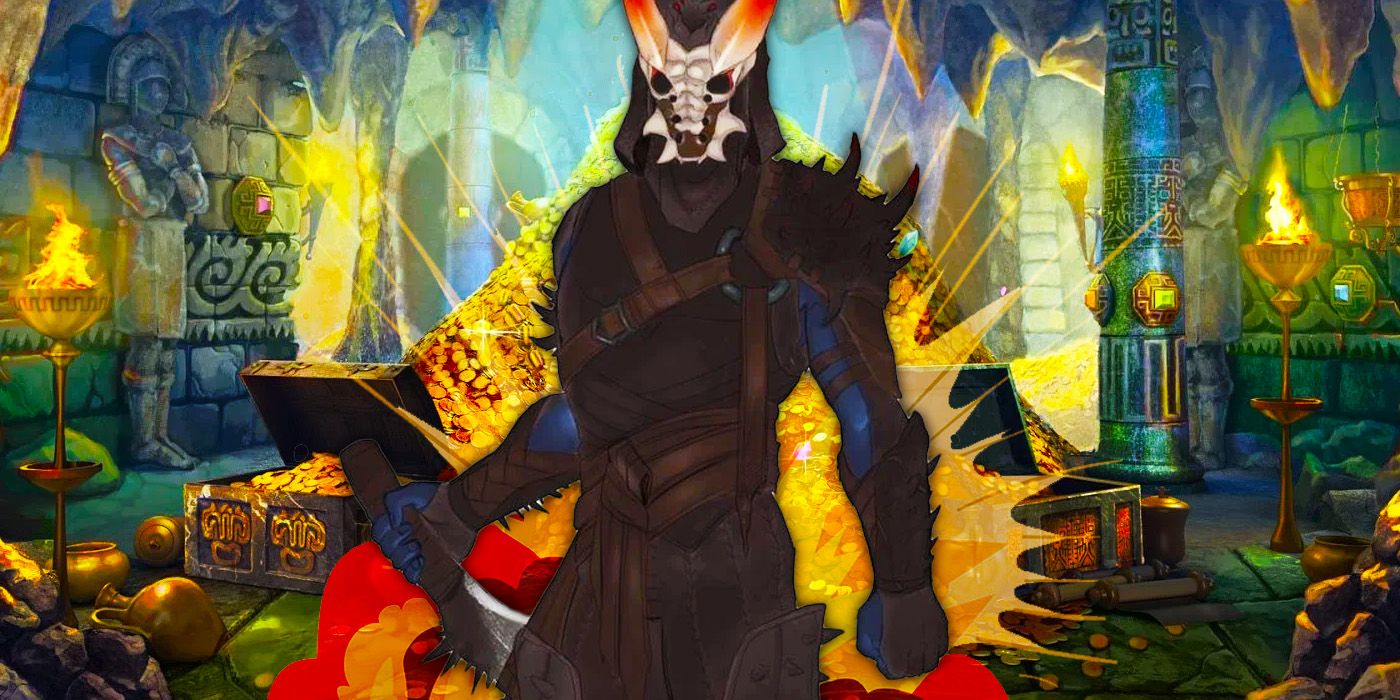
5 Official But Broken D&D Rules You Should Ban Before Your Next Campaign
Just because something is in an official Dungeons & Dragons book does not mean it is properly balanced. DMs should still ban problematic elements.
There are certainly tabletop RPGs where such an approach is appropriate, as one of the 4e DnD inspired tabletop RPGs, 13th Age, specifically required each player character’s background to include “One Unique Thing” that sets them apart from everyone else. The typical DnD format is different in that characters start out with minor local notoriety, at best, but over the course of their adventures, they become the stuff of legends. An inappropriately epic backstory for a low-level character breaks verisimilitude and can distract from the DM’s initial tasks of world-building and setting up the stakes for the campaign’s adventures.
The official
D&D
rules require characters to select a Background, and players should always ensure their backstories offer the DM interesting plot hooks, but these should typically be level-appropriate, involving city-level or regional organizations, not supernatural forces.
High-level games have their own issues, and epic heroes can challenge DnD DMs as they try to keep them grounded in the world and its people. Those are games where a character might have the full attention of greater powers like Devil lords and could play a vital role in the machinations of the gods. If a character had a relic embedded into their body during the campaign, that could be an interesting complication. Starting out with such an event as part of their history is more problematic. A DM may not be able to work backstories into the game, especially if they are running a pre-written DnD adventure module.
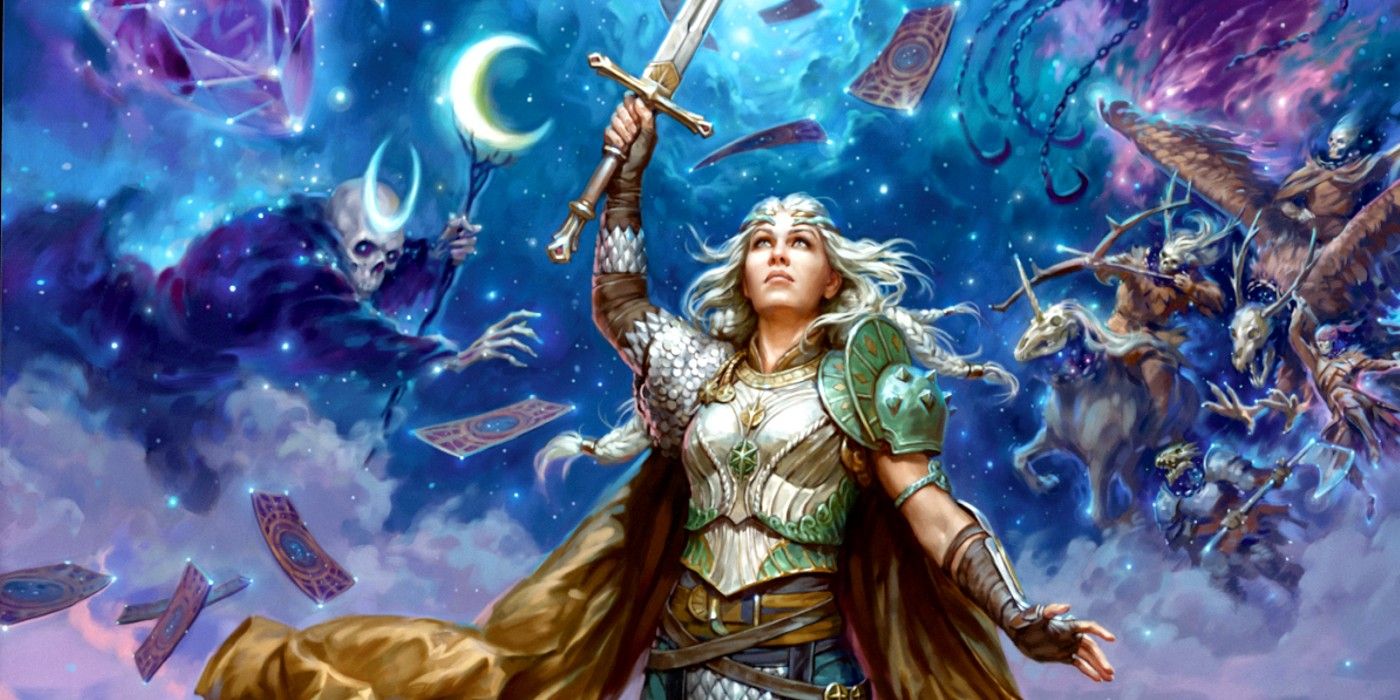
“Embracing Chaos” – D&D: The Deck Of Many Things & Book Of Many Things Review
The Deck Of Many Things bundle for Dungeons & Dragons 5e includes a nice new sourcebook and numerous goodies, but comes with some caveats.
Baldur’s Gate 3 Can Teach Bad Habits In Character Creation
Coming off of Baldur’s Gate 3, a DnD player might think they are expected to enter the game with a history that puts them at the center of a fantasy epic rather than an appropriate background for the DM’s campaign. There are DnD archetypes that are not enjoyable to play, and any character whose unique and tragic backstory defines them more than their behaviors and personality certainly could fall among those. New tabletop players can certainly take some inspiration from Baldur’s Gate 3’s cast, but they should look more to the broad strokes of characterization, not the characters’ backstory styles, especially for lower-level games.
Giving thought to a
D&D
character’s characterization, such as whether they are an optimist or a pessimist, their thoughts on the politics of the region, or even their favorite foods, will generally offer more in-game payoff than a convoluted plot involving amnesia or demon lords.
If Baldur’s Gate 3 encourages even a fraction of those who played it to try out the tabletop RPG that inspired it, that would be a major win for DnD and the TTRPG hobby at large. Larian certainly took liberties with DnD‘s rules in order to make it function better within the video game format. New players may have a harder time adjusting to the DnD style of character building than with the rules’ inconsistencies. A player can make an aspiring Wizard who does not have a romantic relationship with the goddess of magic herself, as Gale does. Dungeons & Dragons characters’ greatest stories should be the ones that unfold during the campaign, unlike Baldur’s Gate 3 where they are already the central figures in fantasy epics before they ever join the party.
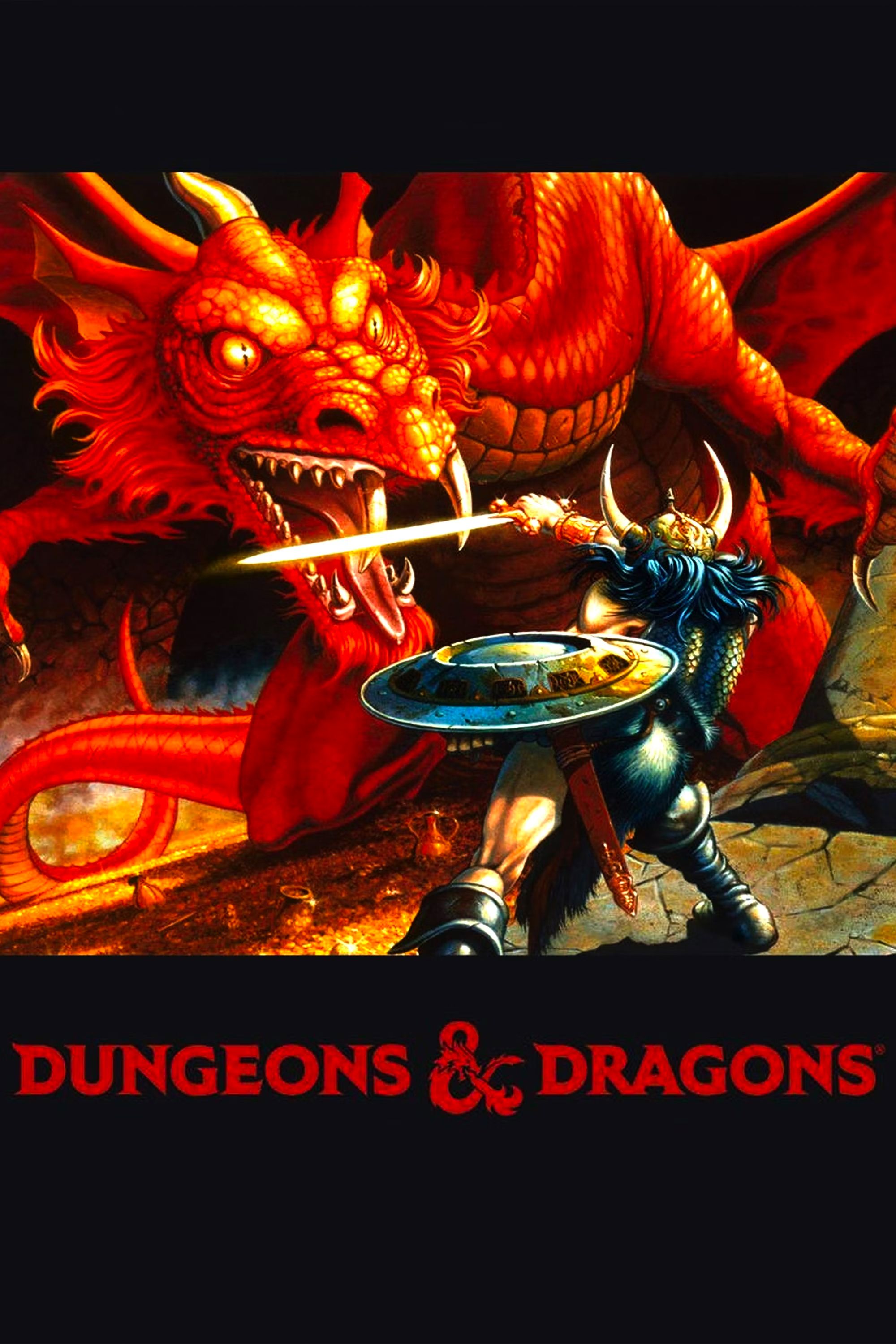
Dungeons and Dragons
- Original Release Date
- 1974-00-00
- Publisher
- TSR Inc. , Wizards of the Coast
- Designer
- E. Gary Gygax , Dave Arneson
- Player Count
- 2-7 Players
